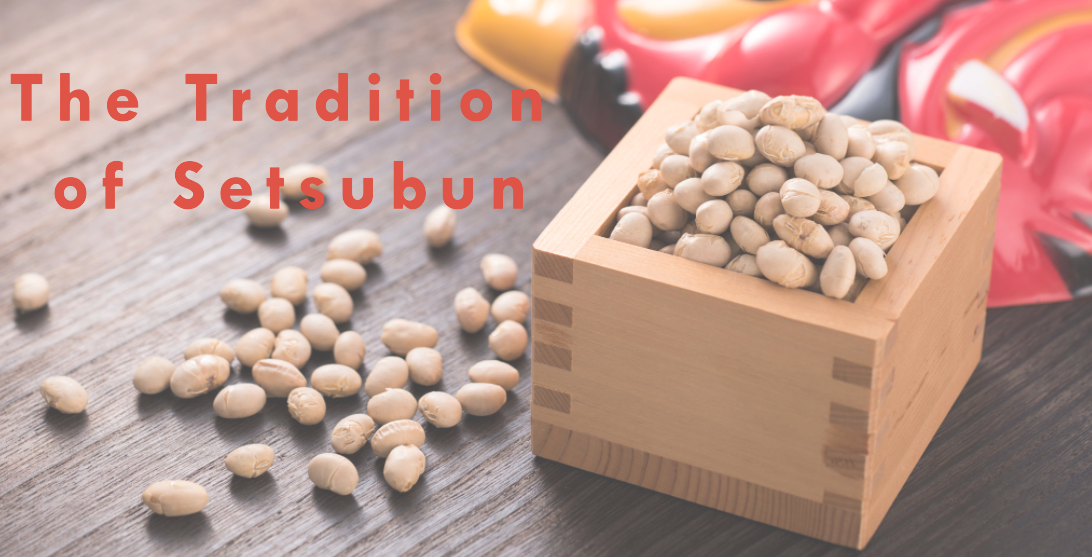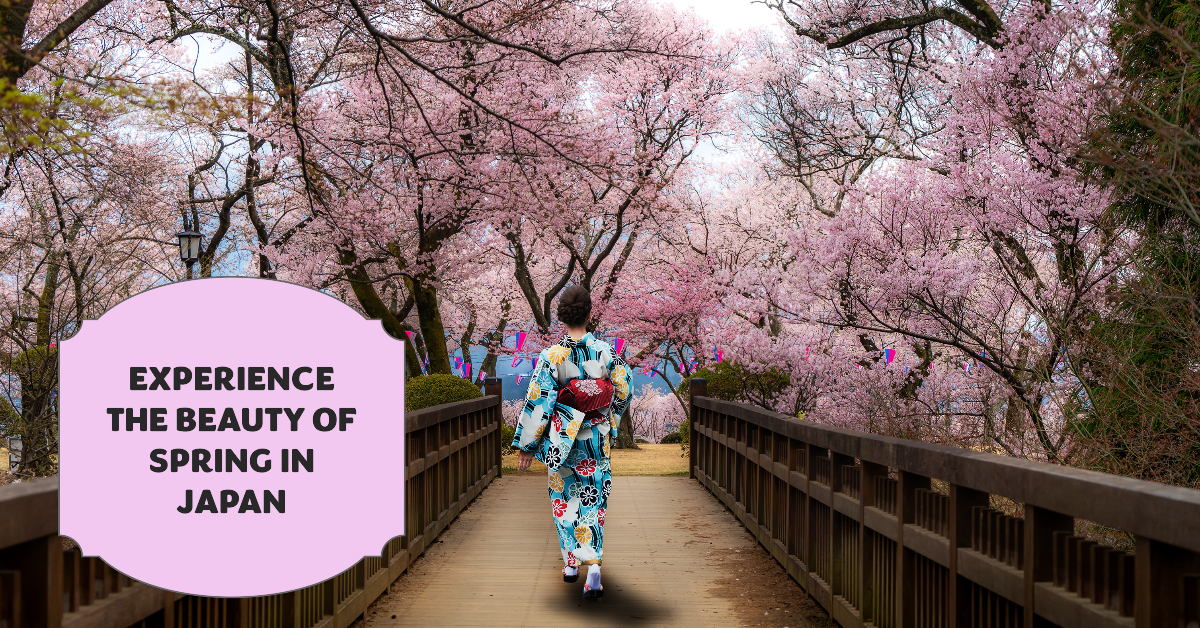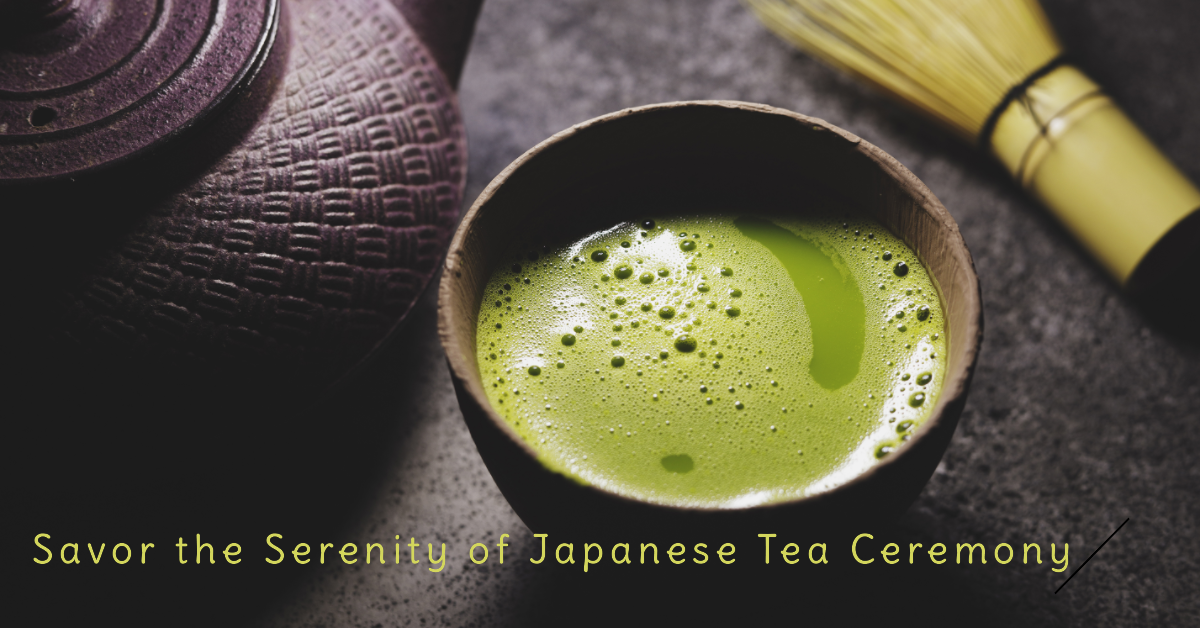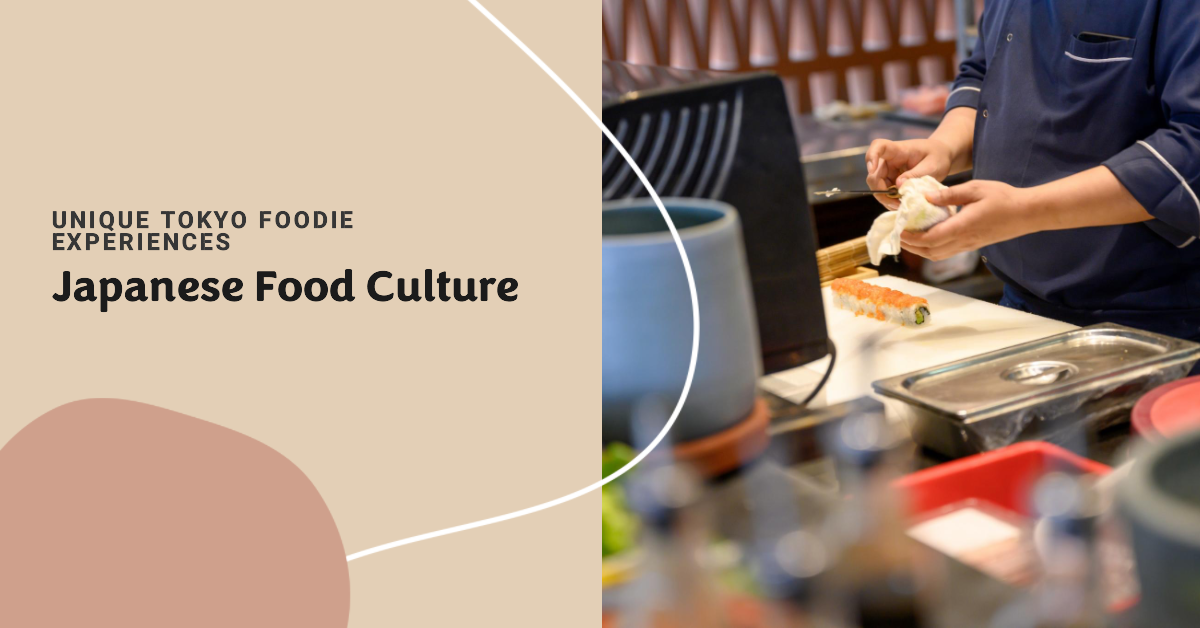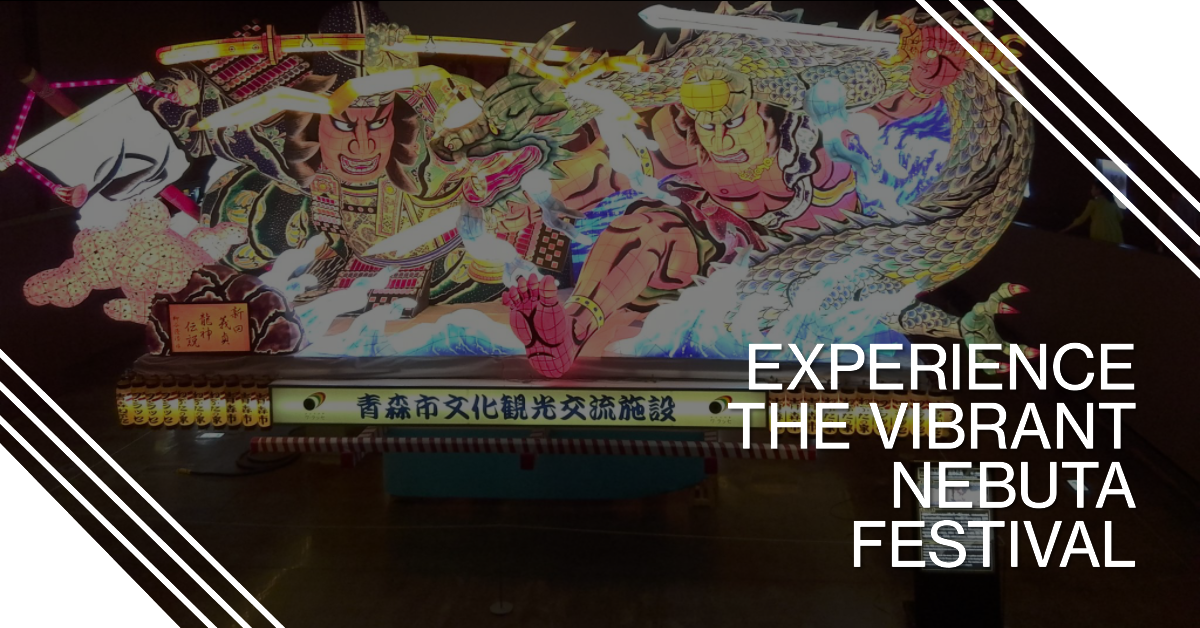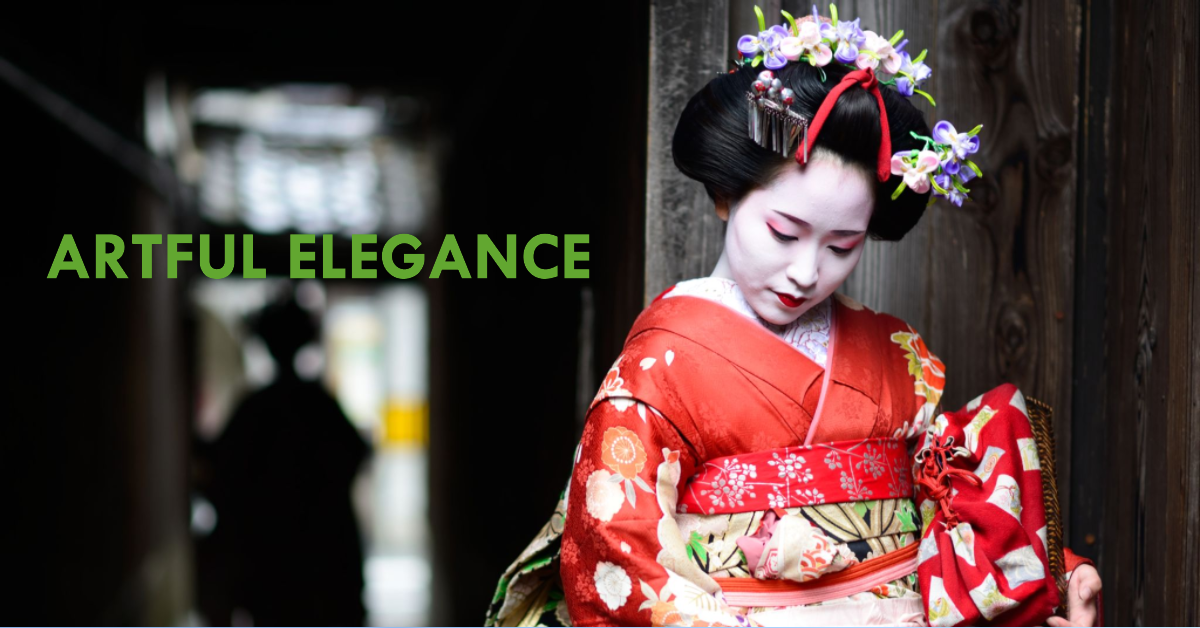Setsubun, marking the eve of the traditional lunar new year, is a significant Japanese festival celebrated with enthusiasm and rich traditions, symbolising the partition between seasons—primarily from winter to spring. This festival, deeply ingrained in Japanese culture, features unique rituals and practices aimed at ushering in good fortune while warding off evil spirits. It is celebrated on February 3rd each year.
The Essence of Setsubun
At its core, Setsubun embodies the ancient belief in cleansing and renewal, a time to clear away the old and welcome the new with purity and positivity. The term “Setsubun” itself, meaning “seasonal division,” highlights this transition, with festivities traditionally centred around the start of spring, known as “Risshun.”
Rituals and Traditions
One of the hallmark rituals of Setsubun is “Mamemaki,” the scattering of roasted soybeans inside and outside homes. Participants chant “Oni wa soto! Fuku wa uchi!” (“Demons out! Luck in!”) during this ritual. The beans, symbolising purification, are thought to drive away evil spirits due to their perceived purity and the vitality of life they encapsulate.
Families often participate in Mamemaki together, with a member donning an Oni (demon) mask while others throw beans at them, playfully banishing bad spirits. Consuming the thrown beans, one for each year of one’s life plus an extra for the coming year, is believed to ensure good health and longevity.
Another engaging aspect of Setsubun is the consumption of “Ehomaki,” a special sushi roll. Traditionally, this should be eaten in silence while facing the year’s lucky direction, determined by the zodiac. The Ehomaki, a thick roll packed with various fillings, symbolises the wish for happiness and prosperity to be rolled into one’s life.

Setsubun at Ikuta Shrine, Kobe
Ikuta Shrine, nestled in the heart of Kobe, offers a vibrant tableau of Setsubun celebrations, drawing visitors from across the region. The shrine’s festivities are a vivid demonstration of the festival’s traditional and communal spirit. The event, scheduled for February 3rd, includes rituals like the Yumiya Harai (bow and arrow purification) and a dynamic bean-throwing ceremony. The shrine grounds come alive with the energy of participants eager to partake in these ancient customs, all set against the backdrop of traditional taiko drum performances and the serene ambiance of the shrine.
The Ikuta Shrine event stands out for its inclusivity and the sheer scale of participation, symbolizing a collective desire for health, happiness, and harmony. It’s a time when the community comes together, bridging the human and the divine, in a shared pursuit of well-being and spiritual cleansing.
Other shrines have similar celebrations throughout Japan, so keep an eye out for them.
Final Word
Setsubun, with its rich tapestry of rituals and customs, is more than just a seasonal marker; it’s a profound expression of cultural heritage and communal solidarity. The festival’s enduring appeal lies in its universal themes of renewal, protection, and the cyclical nature of life. Whether through the spirited throws of Mamemaki or the silent wishes made over Ehomaki, Setsubun encapsulates the human yearning for renewal and the optimistic embrace of the future. At places like Ikuta Shrine, these timeless traditions continue to thrive, connecting past, present, and future in a vibrant celebration of life’s perpetual renewal.

